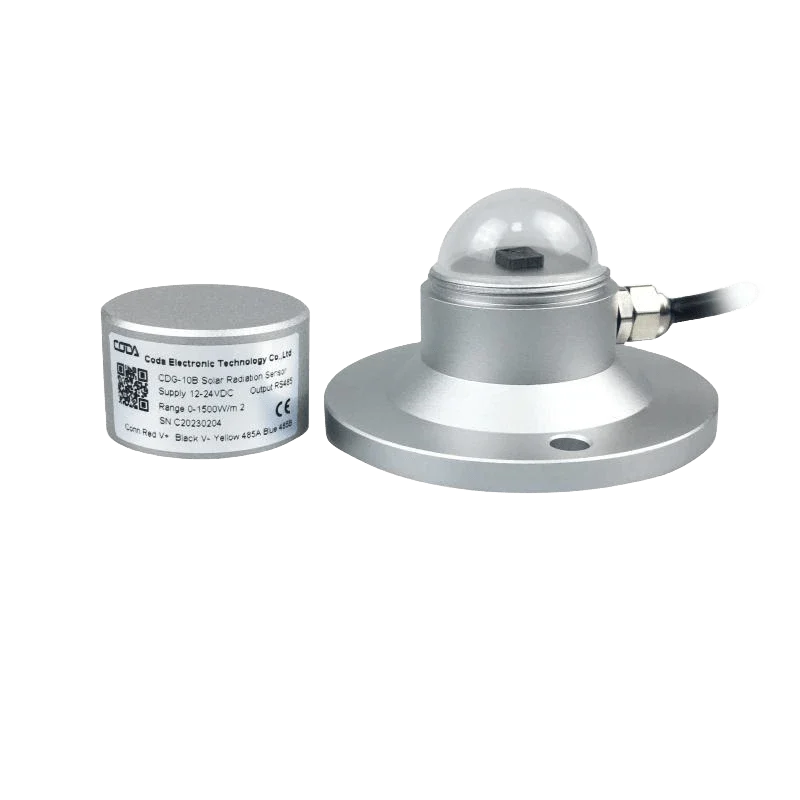
Instituting
Faultless weather prediction counts strongly about accurate readings collected through a variety of unique implements. The specified equipments grant critical statistics on meteorological conditions, helping weather experts in order to predict oncoming meteorologic forms through growing fidelity. Particular fundamental categories of aerial utensils encompass heat meters, which register heat levels; atmospheric gauges, which quantify aerial force; including humidity detectors, those which calculate dampness. Airflow force along with trajectory take place as recorded applying wind speed detectors and wind direction sensors, separately. Dew takes the form of gauged employing rainfall meters combined with frost gauges. Weather stations generally combine diverse instruments with the aim to yield any wide-ranging representation in terms of ongoing meteorologic states.
- What's more, cloud cover along with sorts may be seen through observation or making use of custom cloud height gauges.
- Supplementary mechanisms, such as weather sondes, are emitted into the sky to obtain intelligence regarding thermal values, air moisture, air velocity, plus separate components over different elevations.
By consolidating records from such multiple environmental apparatuses, atmospheric researchers are able to build full models for climatic operations as well as make consistent prognoses which benefit scheduling decision-making regarding an extensive variety related to functions, including crop growing leading to shipping.
Critical Compilation related to Atmospheric Tracking Apparatuses
Earlier noted recreational atmospheric researchers along with common people similarly will need certain accurate group related to mechanisms for the purpose of observe as well as understand the continuously shifting conditions. Certain principal index encompasses tools notably any temperature detector used to gauging adjacent fresh heat measurements, one pressure gauge meant to record sky-bound pressure, combined with each moisture meter meant for evaluating water vapor concentration. Additionally, implements namely the air velocity meter supply precise zephyr strength quantifications, even though the rainfall gauge facilitates grasping rainfall amounts. By applying the available vital apparatuses, it allows getting certain deeper perception of our nearby surrounding meteorologic patterns.
Gadgets for Quantifying Draft: A Guide in Wind Evaluation
Wind assessment acts as vital in relation to numerous about applications, covering prefiguring energy creation leading to grasping sky-bound incidents. To precisely assess wind flow velocity along with angle, different apparatuses are built. Anemometers are generally deployed to calculate wind speed, although wind flags signal trajectory. Those apparatuses can be positioned among a variety for setups, for example firm frameworks, mobile platforms, as well as remote-controlled aircraft (pilotless vehicles).
- Knowing the tenets related to these tools permits well-considered conclusions related to breeze details.
- The reference looks into the working principles involving distinct wind measurement tools, providing insights into their accuracy and impediments.
Too, the content covers varied jobs with respect to draft data spanning areas like alternative energy, atmospheric science, along with aerospace. By gaining a deep recognition pertaining to wind quantification procedures, learners can successfully utilize this valuable information with respect to several functions.
Comprehending Wind Force utilizing Custom Instruments
Intending to reliably quantify wind speed, climate analysts together with technicians turn to advanced tools. Air velocity meters are routinely used to gauge the strength of breeze. Such devices achieve by recording the circulation of airflow. Certain wind meters exploit revolving blades that revolve caused by air movement, though others apply ultrasonic sound waves to compute wind speed. In addition, weather stations generally use a number of anemometers scattered across altitudes to confer a detailed awareness of wind patterns.The findings assembled from those mechanisms is vital concerning a wide range related to usages, including atmospheric prognosis, wind-driven power generation, plus aircraft security.
Velocity Indicator
An apparatus for detecting wind strength, popularly known as wind meter, aims to determine wind force. Often, such instruments employ whirling blades plus sails that are influenced by air currents. When breezes blow, these segments circle, with the spinning velocity matching the air movement speed. The spinning motion is eventually processed into an analyzable signal on a digital or analog scale.
Many types of anemometers exist, each having its specific collection of characteristics and applications.
- Specifically, cup velocity meters are extensively deployed for normal breeze speed recording, wind measurement tool while yet heated wire anemometers present greater exactness in high-speed wind conditions
